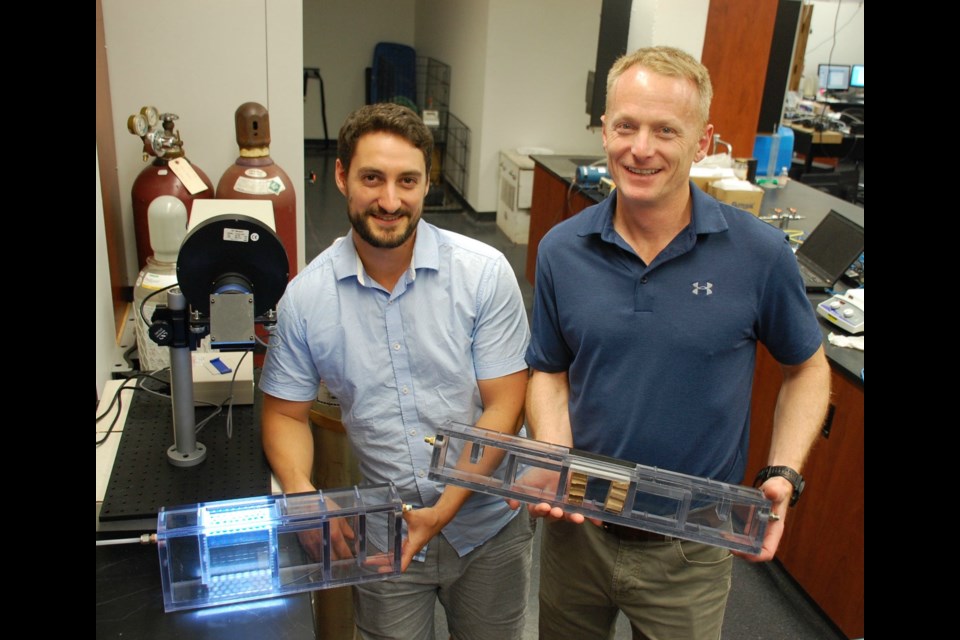As our country’s 150th birthday arrives, it’s worth noting that some of the attributes indigenous people and early Canadians cherished – such as the pristine land, water and air in which they were living -- are the same things we hold dear today.
Ditto for the millions of visitors who now arrive in Canada every year, looking for a clean, green experience.
But how do you maintain high environmental standards and sustainability in the face of 21st century development, especially in a highly urbanized area such as southern Ontario?
That’s a challenge we all face, and address, in different ways. A great deal of research at Canadian universities, including the University of Guelph, is focussed on that very question.
I saw a promising approach to that challenge on Sunday afternoon, in the most unlikely of places: crawling along Highway 401, through the middle of Toronto.
Admittedly, I knew what I was looking for. Near the Bayview Ave. exit, amid the dozens of kilometres of concrete sound barriers on the north part of the highway, a year-long pilot project is underway for a distinctly different looking, and functioning, portion of double-walled barrier 15 metres long and 6.5 metres high. It’s called a SmogStop barrier.
It’s easy to pick out. Besides being a metre or so taller than adjacent barriers, this patented, trademarked technology consists of 15 clear acrylic panels that comprise the outer wall of the barrier, topped by an aerodynamically designed louvre that brings polluted air through the doubled walled barrier.
The opening at the top leads to a 25 cm air channel that separates the outer and inner wall.
A natural air pressure difference exists across the wall, with a low pressure created by the wind as it passes over the wall and generates a wake. This pressure difference causes ground-level air from the highway side to be drawn up the outside of the front wall, to the louvred top, then inside, down the channel.
This movement is key. The inner wall is coated with what’s called a photocatalyst, a chemical substance naturally activated by sunlight. As air falls down the channel, it passes over the photocatalyst. This causes a chemical reaction that results in noxious nitrogen oxide – the major component of smog (in this case, from vehicle emissions on the highway) -- quickly breaking down into benign, harmless nitrogen and oxygen by the time it gets to the bottom of the wall.
The Bayview – Highway 401 installation of SmogStop is a pilot project led by University of Guelph engineer Bill Van Heyst and post-doctoral researcher David Wood. They started working on this together in 2009 with a private company, Envision SQ, when Wood was still and undergraduate.
Over time, other partners became part of the project, with the help of the university’s business development office, the Catalyst Centre. Participants – all Ontario based -- include the province’s Ministry of Transportation, barrier manufacturer Armtec, and acrylic manufacturer Evonik. The air movement tests to determine the effectiveness of the SmogStop noise barrier were conducted in the University of Ontario Institute of Technology’s wind tunnel.
In the lab, this system has cut oxides of nitrogen by 30 per cent. And because the technology is based on a natural pressure difference, the whole system operates passively, without power.
Van Heyst thinks the technology could have major applications in cities here, and beyond our borders – particularly in China, which is facing huge air quality problems.
But for now, he’s relishing the opportunity that’s been presented to him here.
“It’s huge to get 15 metres of space for research on the 401, without this technology being proven elsewhere,” he says. “The province is eager to come up with ways to address its environmental problems and do something innovative about air quality. We are glad to be part of it.”
